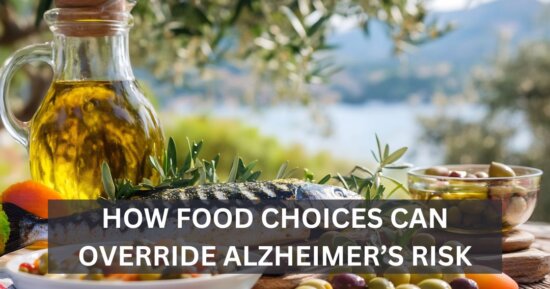Science
Isao Muraki, Fumiaki Imamura, JoAnn E Manson, Frank B Hu, Walter C Willett, Rob M van Dam, Qi Sun
Objective: To determine whether individual fruits are differentially associated with risk of type 2 diabetes.
Design: Prospective longitudinal cohort study.
Setting: Health professionals in the United States.
Participants: 66 105 women from the Nurses’ Health Study (1984-2008), 85 104 women from the Nurses’ Health Study II (1991-2009), and 36 173 men from the Health Professionals Follow-up Study (1986-2008) who were free of major chronic diseases at baseline in these studies.
Main outcome measure: Incident cases of type 2 diabetes, identified through self report and confirmed by supplementary questionnaires.
Results: During 3 464 641 person years of follow-up, 12 198 participants developed type 2 diabetes. After adjustment for personal, lifestyle, and dietary risk factors of diabetes, the pooled hazard ratio of type 2 diabetes for every three servings/week of total whole fruit consumption was 0.98 (95% confidence interval 0.96 to 0.99). With mutual adjustment of individual fruits, the pooled hazard ratios of type 2 diabetes for every three servings/week were 0.74 (0.66 to 0.83) for blueberries, 0.88 (0.83 to 0.93) for grapes and raisins, 0.89 (0.79 to 1.01) for prunes, 0.93 (0.90 to 0.96) for apples and pears, 0.95 (0.91 to 0.98) for bananas, 0.95 (0.91 to 0.99) for grapefruit, 0.97 (0.92 to 1.02) for peaches, plums, and apricots, 0.99 (0.95 to 1.03) for oranges, 1.03 (0.96 to 1.10) for strawberries, and 1.10 (1.02 to 1.18) for cantaloupe. The pooled hazard ratio for the same increment in fruit juice consumption was 1.08 (1.05 to 1.11). The associations with risk of type 2 diabetes differed significantly among individual fruits (P < 0.001 in all cohorts).
Conclusion: Our findings suggest the presence of heterogeneity in the associations between individual fruit consumption and risk of type 2 diabetes. Greater consumption of specific whole fruits, particularly blueberries, grapes, and apples, is significantly associated with a lower risk of type 2 diabetes, whereas greater consumption of fruit juice is associated with a higher risk.












